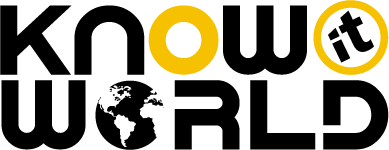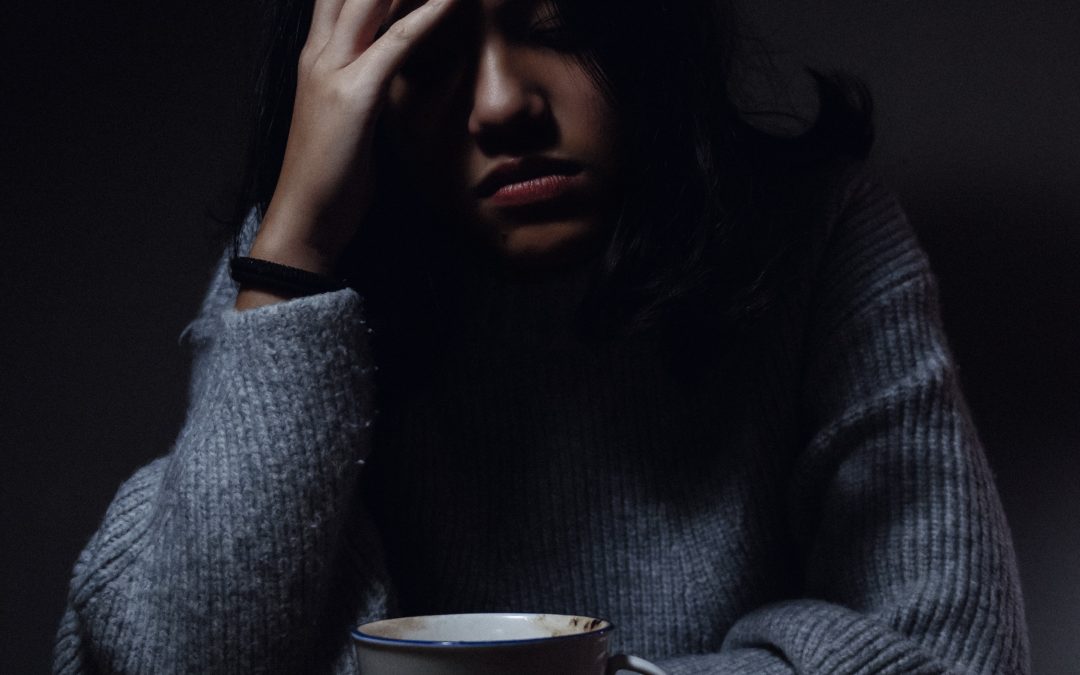Are you feeling fatigued and exhausted all the time?
Iron deficiency Anaemia is a nutritional problem of massive proportions, but somehow it doesn’t get the attention it deserves. 33% of South African women are iron deficient, along with 50% of our children. Fifty-five percent of Australian women are anaemic (iron deficient) and twenty percent of men.
What is Iron?
Iron is a nutrient which is found in every single cell in the body. It is found in larger quantities in the muscle and liver cells.
Let’s make this simple: Iron forms part of haemoglobin in red blood cells. This haemoglobin is what gives red blood cells their red pigment. The haemoglobin within red blood cells is what binds to oxygen, and then transports oxygen to every cell in the body. This is a critical function, because the human body cannot survive without oxygen. This is in essence what keeps us alive and functioning.
Now in cases of iron deficiency, what happens?
The haemoglobin content in your red blood cells will decrease. This means the quantity of oxygen being transported to all your body tissues is decreased. In turn, you have suboptimal body functioning, and you simply cannot operate at maximum capacity.
Symptoms of Iron deficiency anaemia include exhaustion, fatigue, impaired concentration and exercise intolerance. If iron stores are very deficient: decreased immunity, growth abnormalities, pale palms and eyelids, and brittle nails.
Iron requirements (needs) increase in certain phases of the life cycle. Iron needs are higher in growing children and adolescents, especially teenage girls who are losing iron during menstruation. It is critically important to include iron rich foods DAILY during these periods of growth and development. Iron needs increase during pregnancy and lactation (breastfeeding) and most often women are prescribed a supplement to meet this need.
Athletes who partake in long periods of physical activity (endurance) also have an increased iron requirement, due to the increased demand on the body stores.
People are not consuming enough of this vital nutrient!
The most common cause of iron deficiency anaemia is an inadequate dietary intake of iron. Iron deficiency anaemia is a massive global nutritional deficiency. Iron is contained within foods in two forms: Heme iron and non-heme iron. Heme iron is readily and easily digested and absorbed and is found in animal products. Non-Heme iron is far more difficult for the body to absorb and is vulnerable to iron inhibitors.
| Heme Iron (in descending order of iron richness) | Non-Heme Iron |
| Beef | Dark Green leafy vegetables (spinach, broccoli kale) |
| Organ meats (liver and kidneys) | Beans, legumes, chickpeas |
| Chicken | Nuts and seeds (pumpkin seeds) |
| Lamb, pork | Dried fruit (raisins, prunes) |
| Salmon and Tuna (fatty fish) | Wholegrains (fortified with iron) |
| Egg yolks |
Many people are choosing to eat a plant-based diet. As a result, they are not consuming food sources rich in heme iron. Although they may be consuming non-heme sources of iron, these food sources of iron are difficult for the body to absorb and therefore this person might well be iron deficient.
“Vegetarians and vegans are at high risk for iron deficiency”
There are certain components in food which inhibit (decrease) the absorption of iron:
- Tannins in black teas (not rooibos)
- Oxalates found in chocolate
- Polyphenols in coffee
- Calcium
- Phytic acid found in legumes and beans (and wheat)
Make sure to eat these iron-inhibiting foods at least 1 hour before or after an iron rich meal to ensure the iron you are eating is actually being absorbed. Have that after lunch coffee 1 hour after your food.
Vitamin C increases (enhances) iron absorption. If you are taking Vitamin C supplements, take them with your iron rich meal. Alternatively, you can combine iron rich foods with those containing Vitamin C:
- Orange (papaya, oranges, lemons, carrots)
- Red (strawberries, tomato, peppers)
- Green (dark green leafy vegetables: kale, broccoli, cabbage, spinach, Bok-choi).
Use our feature on the app to search how much iron is in your foods. RDA (recommended daily allowance) for iron is 8mg per day for men and 18mg per day for women ages 18+.

